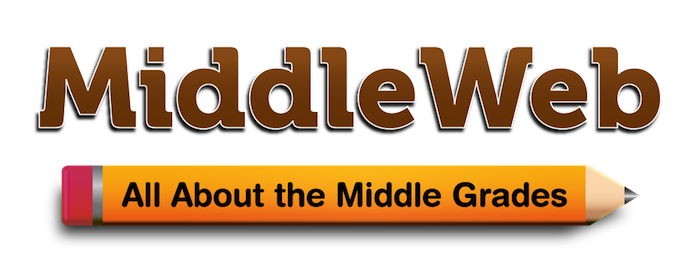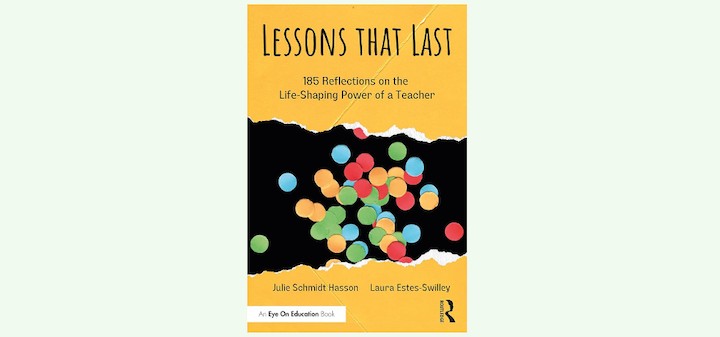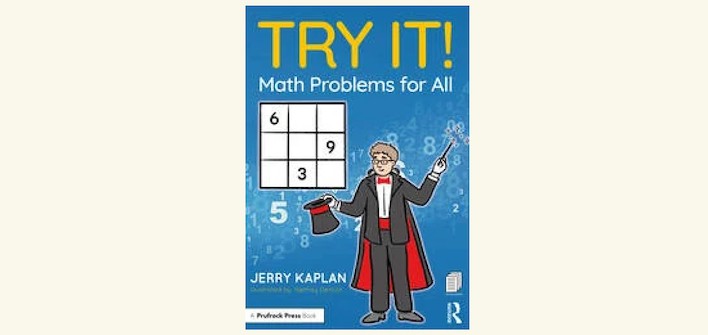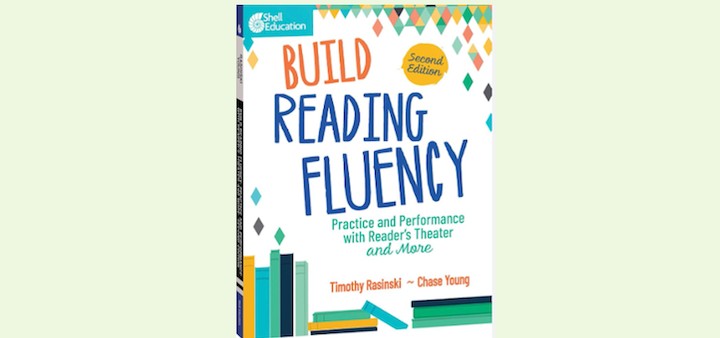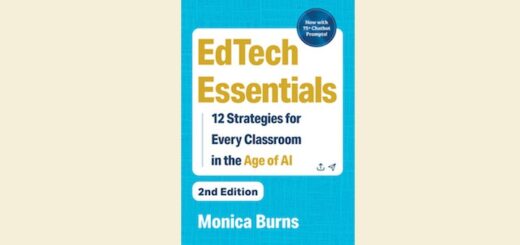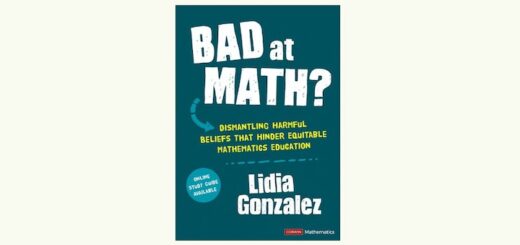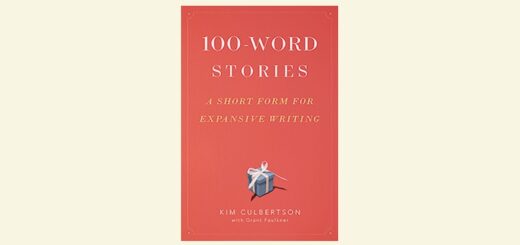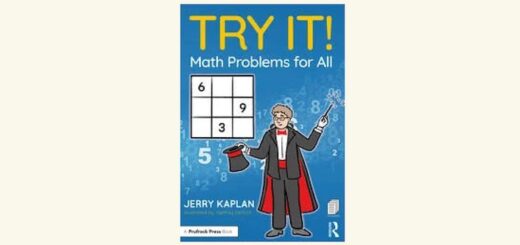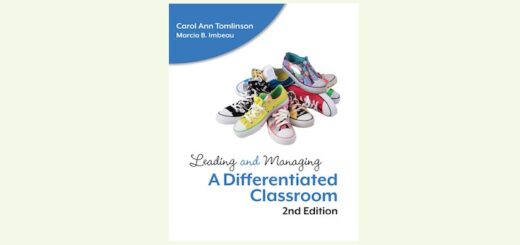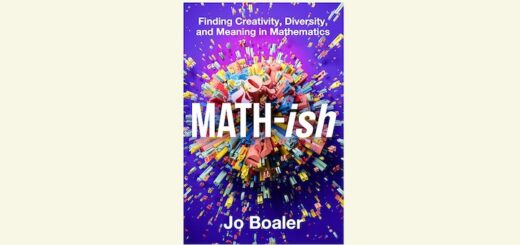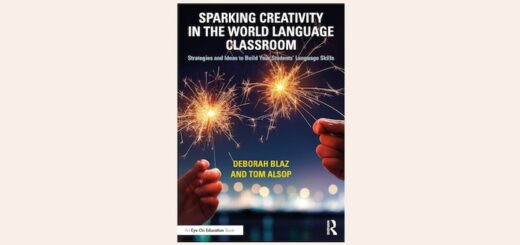Teaching and learning in grades 4-8
Ruth Miller finds Lessons That Last an indispensable guide to enriching teaching practice and fostering a impactful learning environment. The book’s lessons, drawn from interviews with former students, affirm the significance of teachers’ work and the lasting influence we have.
To avoid experiencing co-teaching within an imbalanced power relationship, author, NBCT and co-teaching coach Elizabeth Stein shares a process that strengthens co-teaching through a dynamic exchange of individual and collective power – truly in partnership with one another.
Many teachers are feeling some apprehension about introducing artificial intelligence into their teaching, writes teacher educator Curtis Chandler. Yet “the truth remains that AI is an essential topic for our classrooms this year.” Here are his tips for how and what to teach.
“Try It! Math Problems for All” by Jerry Kaplan is just what math teachers want: a collection of offbeat, open-ended problems, riddles and brain teasers to engage the most reluctant student. Math teacher Michael Hernandez can’t wait to lure in his middle schoolers this fall.
Michelle Russell knows the back-to-school rush. So this year she’s found first weeks activities that are low on preparation and high on introducing math, sharing fun, setting the tone for the year, and helping students feel comfortable. Best of all: she shares her favorite finds!
So much to do! As teachers in grades 4-6 enter their first classrooms, Kathleen Palmieri offers keys to getting started. She includes accessing mentors, keeping track of planning, Google tools, engaging students, finding sources for class libraries and décor, and self-care.
Who will be coming in your door this fall? Upper elementary? Slightly older kids who sometimes feel childish and at other times want to be treated as adults? Here are MiddleWeb’s back-to-school strategies from educators that can help make all of your new students feel welcome!
“Build Reading Fluency: Practice and Performance with Reader’s Theater and More” by Timothy Rasinski and Chase Young is a great resource to connect reading instruction, assessment and joy by sharing both the research and the practice, writes educator Claire Stein.
2024 is another fantastic year for new middle grades books with many more titles to come in the next few months. ELA teacher Kasey Short introduces titles for school and class libraries that are sure to appeal to your students. Fantasy, immigration, science, WW II, and more!
In Julie Hasson’s annual back to school dream, she’s trying to organize thousands of rubber ducks in a rushing river. Fortunately she has strategies for dealing with that sense of being overwhelmed. They begin with a well-sorted to-do list and a focus on realistic optimism.
